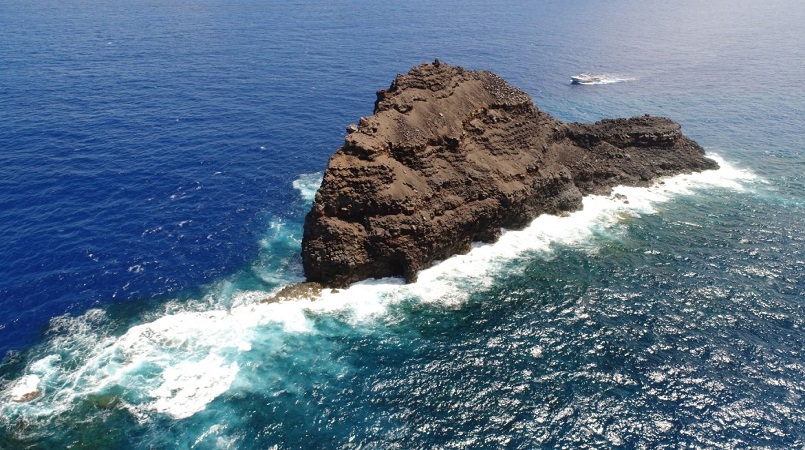
Scientists say the likelihood of another eruption from the Hunga Tonga-Hunga Ha’apai volcano is low for the near future, but it may be worth keeping an eye on nearby volcanoes.
Sunday will mark one year since the Hunga Tonga-Hunga Ha'apai eruption.
Marco Brenna, a volcanologist at Otago University, says the volcano is still technically active, but it’s very minor.
“The volcano is still brewing away, although deep beneath the waves, but a lot of that energy that had been stored has been lost, so it’s unlikely that the volcano will produce such a large eruption again in the next few years, decades even.”
The most recent eruption followed previous patterns to begin with, says Brenna.
“The eruptions started in December 2021, and it started in a fashion really similar to what the volcano had done in the previous decades, so no one was really expecting what was then going to happen.
“Then in January 2022, the style of eruption changed dramatically on the 14th of January, then on the 15th there was the larger explosion that blew the top off the volcano.”
AUT marine geologist Dr Marta Ribo-Gene says the scale of the blast was bigger than anyone could have predicted.
“There was an appreciation that something big was going to happen, but nobody ever thought the eruption was going to be as big as it was. It’s been said that it’s the biggest eruption recorded for a hundred years.”
Beneath the surface
Brenna travelled to Tonga to collect rock samples and study the volcano after a smaller eruption in 2015, which he describes as a "once in a lifetime experience".
“It was visiting a volcano that had erupted just 10 months prior, but it formed a whole new piece of land, joining the two islands of Hunga-Tonga and Hunga-Ha’apai that were there before, and that later disappeared.”
What's left of Hunga Tonga-Hunga Ha'apai now rises 32 metres from the surface, down from 70 metres after the January 2022 eruption.
PMN News reports Ribo-Gene led a field survey there in October 2022, re-mapping the seafloor around the eruption site, and says what’s above the surface now is just the tip.
“These two islands, Hunga-Tonga and Hunga-Ha’apai are actually the remnants of the rim of the caldera of the volcano, which is roughly 4-5 kilometres in diameter."
The submarine volcano is part of an intra-oceanic arc called the Tonga Kermadec arc, which links Tonga and New Zealand, says Ribo-Gene.
“These arcs formed as a result of the Pacific plate going underneath the Australian plate and that’s why all these volcanoes are placed in a line which follows this subduction zone.”
The team also mapped other volcanoes north and south of the eruption site, including Fonuafo’ou and Tofua, which are still active.
“We measured the gas coming out, and it seems there might be increasing activity on Tofua. We also mapped Fonoifua for the first time, and we could see the structure as the same morphology as the Hunga Tonga-Hunga Ha’apai before erupting.
“This did raise more questions, so further research is needed and we have to keep an eye on these.”
What's left of Hunga Tonga-Hunga Ha'apai rises 32m above sea level. Photo/Tonga Geological Services Facebook
